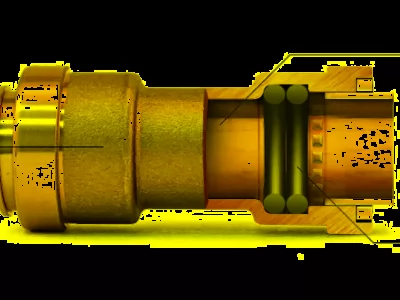Can you presume of any business subject matter that has been hotter for longer than innovation? The problem is it is hard to think of any business challenge where real development has been harder to get hold of. By now, your company most likely has an idea wiki, a new business incubator, a disciplined process for mining consumer insights, an awards program for triumphant innovators.
No single innovation method or tool will deliver profitable, consistent breakthroughs, and neither will a jumble of poorly or misaligned integrated practices. It takes a methodical approach to build a systemic capability. So it is with modernization. Tools, skills, metrics, platforms, processes, roles, incentives, and values all have to come together in one all-wheel-drive, supercharged, race-winning innovation machine. So here are the elements of the innovation engine that most often get left out:

- Human resources who have been taught to think like innovators
Much has been discussed and written about where innovation comes from and what differentiates an innovative mind. If you go through the brightidea blog section, the experience and research suggest that the quest is at the heart of it. Innovators have a proclivity and an ability to scrutinize what others often leave unexamined.
- A shared, sharp definition of innovation
You have to have a widely understand the definition of innovation to manage innovation in a systematic way. Without this, it is impossible to know how much ‘real’ modernization is going on and whether it is paying off. Just as significantly, you cannot hold leaders accountable for innovation if no one can agree on what’s innovative and what’s not. Having an agreed-upon, practical definition of innovation makes it easier to set goals for modernization, to dispense resources to innovative projects, to plan a tempo of innovative product launches, to measure innovation performance, and to target advertising on high-value breakthroughs.
- Wide-ranging innovation metrics
Companies measure just about everything that has a collision on the bottom line, yet peculiarly, they often shrink back from measuring innovation. Granted, it is hard to measure. Historical standards are of limited value when a product has no background, and it is tough to pin down the future value of a scheme that exists only as a concept. Once you have established a baseline and the metrics, you are in a position to set explicit, unit-by-unit innovation goals, and to modify the innovation engine.
- Capable and accountable innovation leaders
What proportion of the leaders in your company, from project managers to managerial vice presidents, is officially accountable for innovation? What percentage has innovation-related targets that affect their reimbursement? If it is anything less than 100%, innovation will be marginalized. Too often innovation is seen as the prefecture of specialized units like corporate business development or R&D, rather than being the dependability of every leader at every level.
If your company is actually serious about building an innovation engine, then it needs to improve everyone’s innovation skills, establish comprehensive metrics, agree on what counts as innovation, hold leaders responsible for innovation, and retool its administration processes so they foster innovation everywhere, all the time. As stated in the brightidea blogs, these cannot be remote initiatives; they must work in accord.











Comments